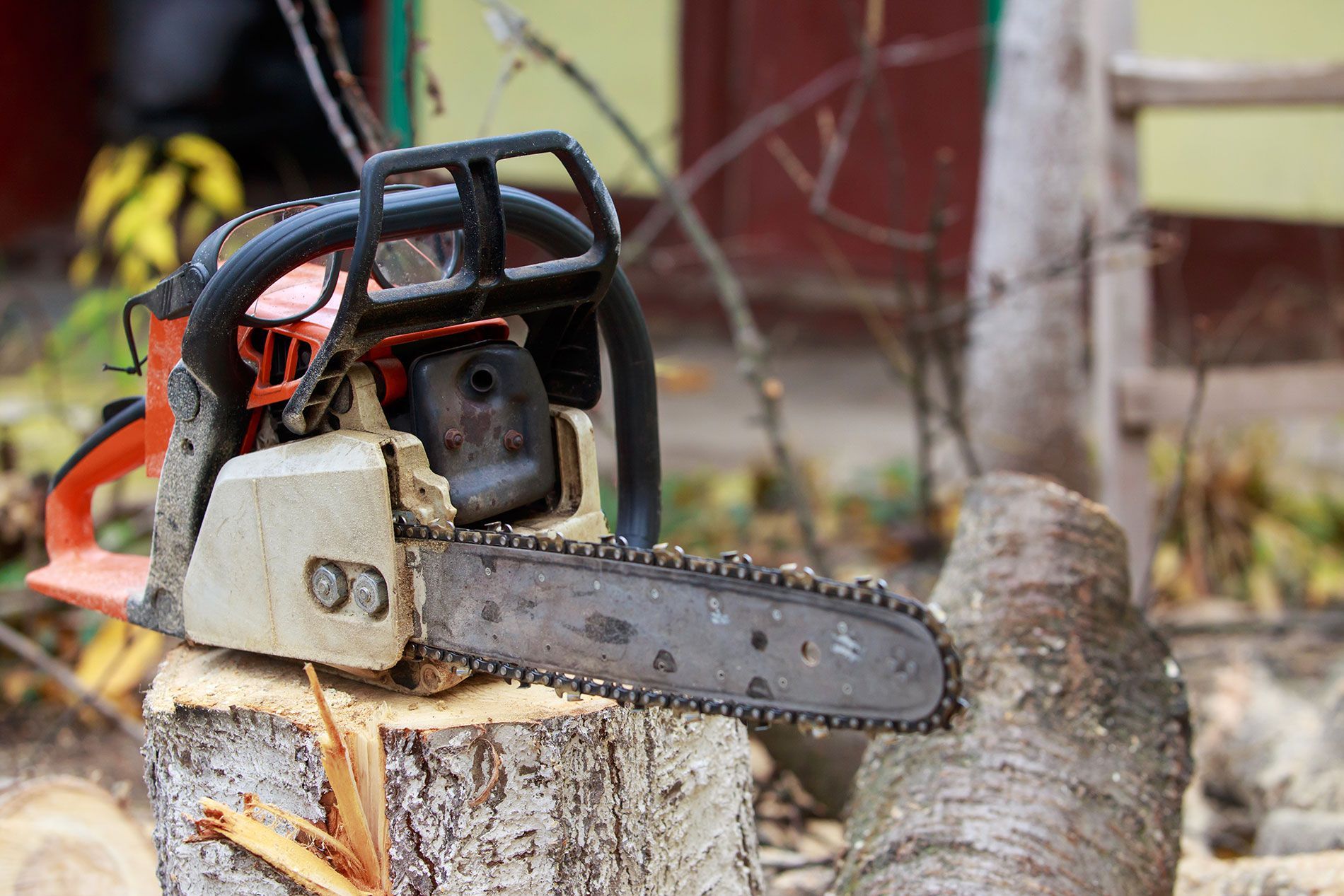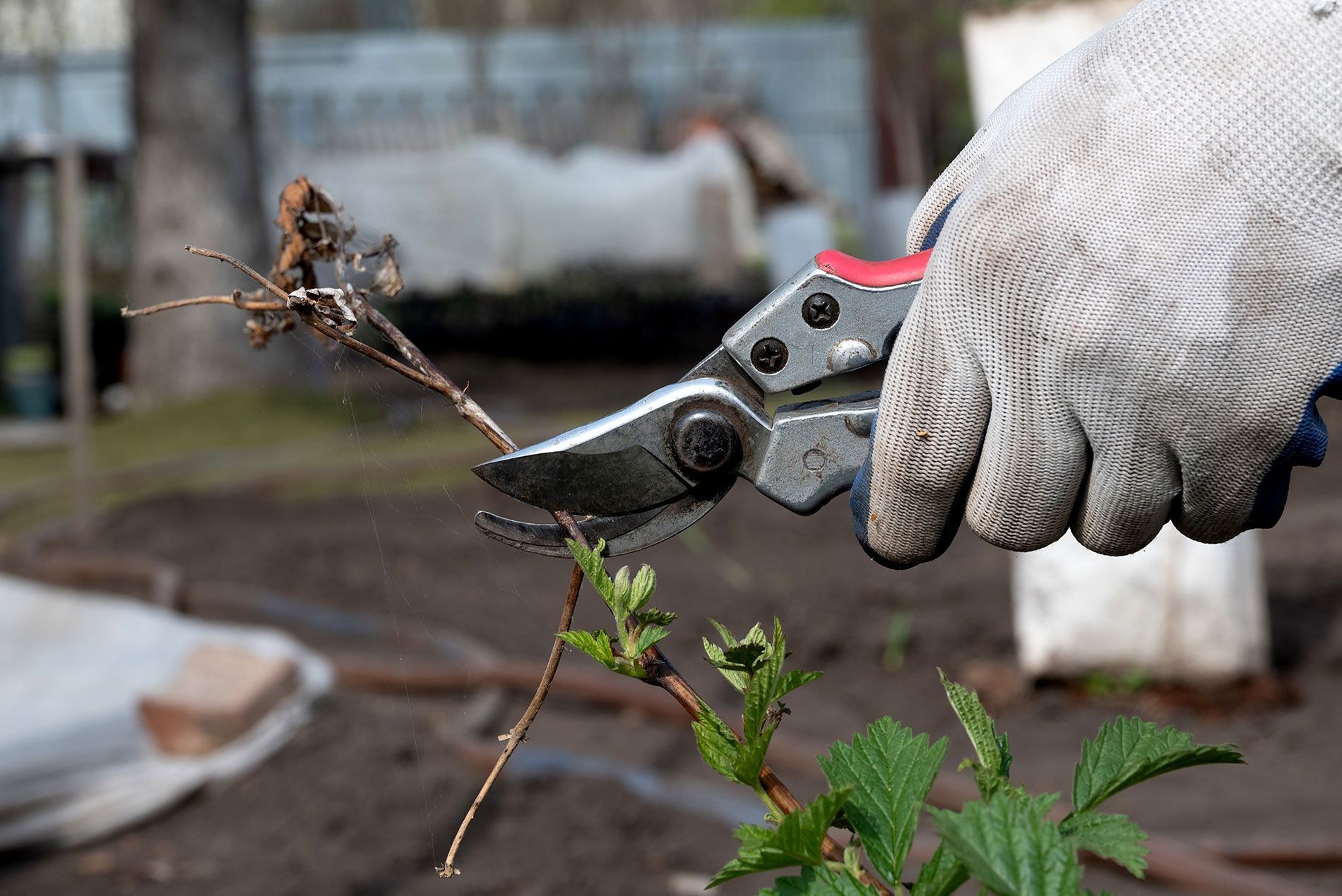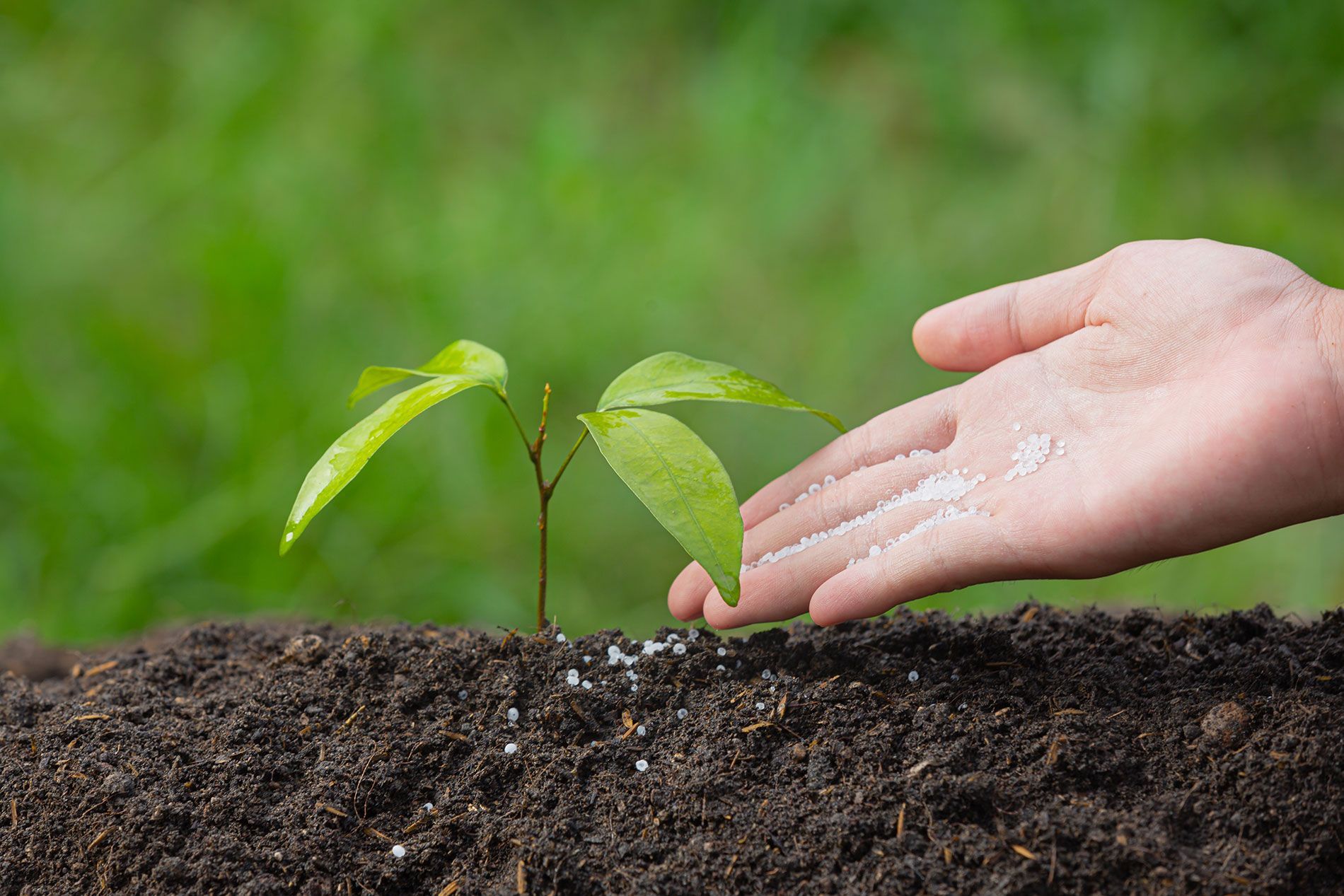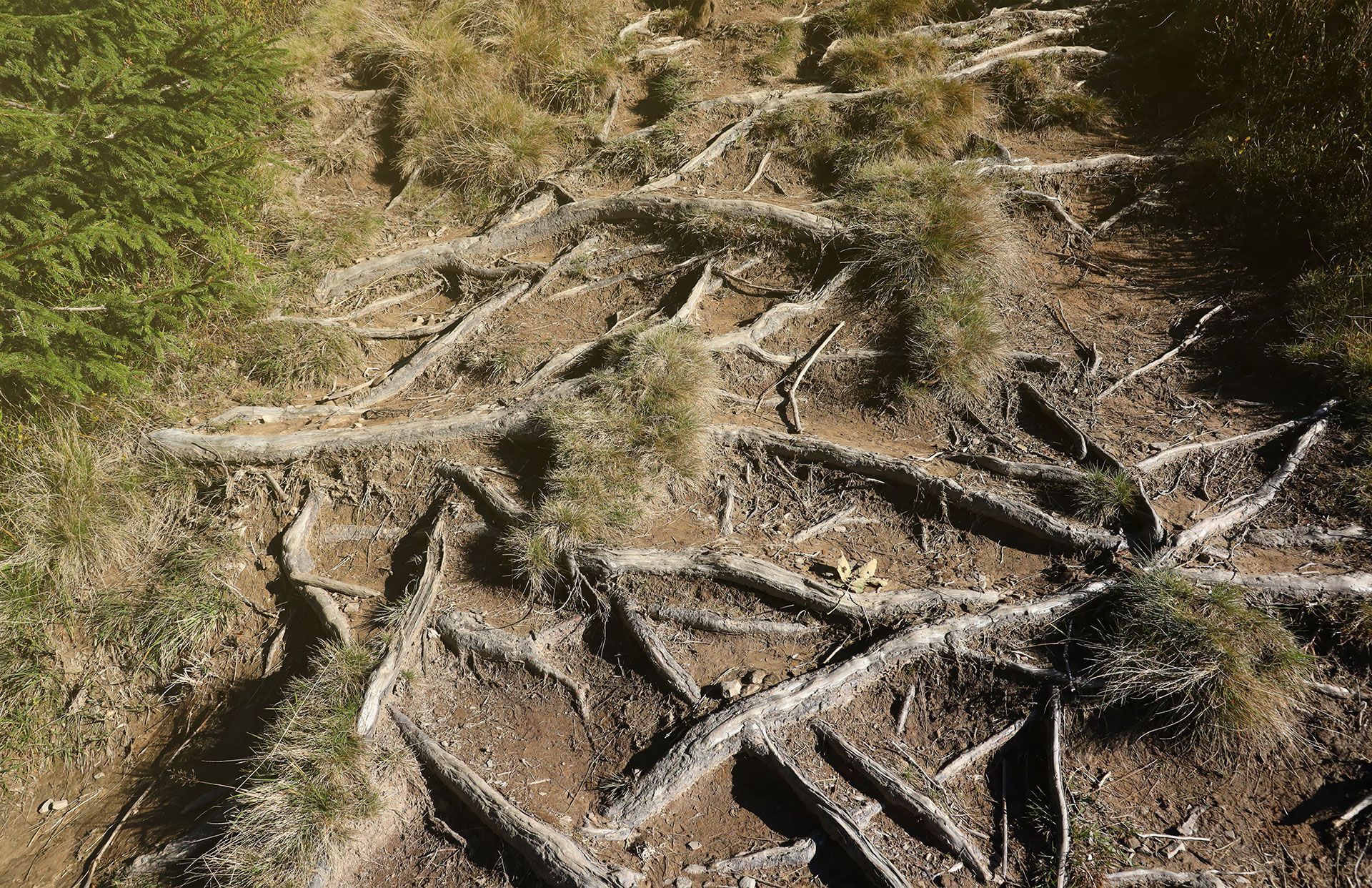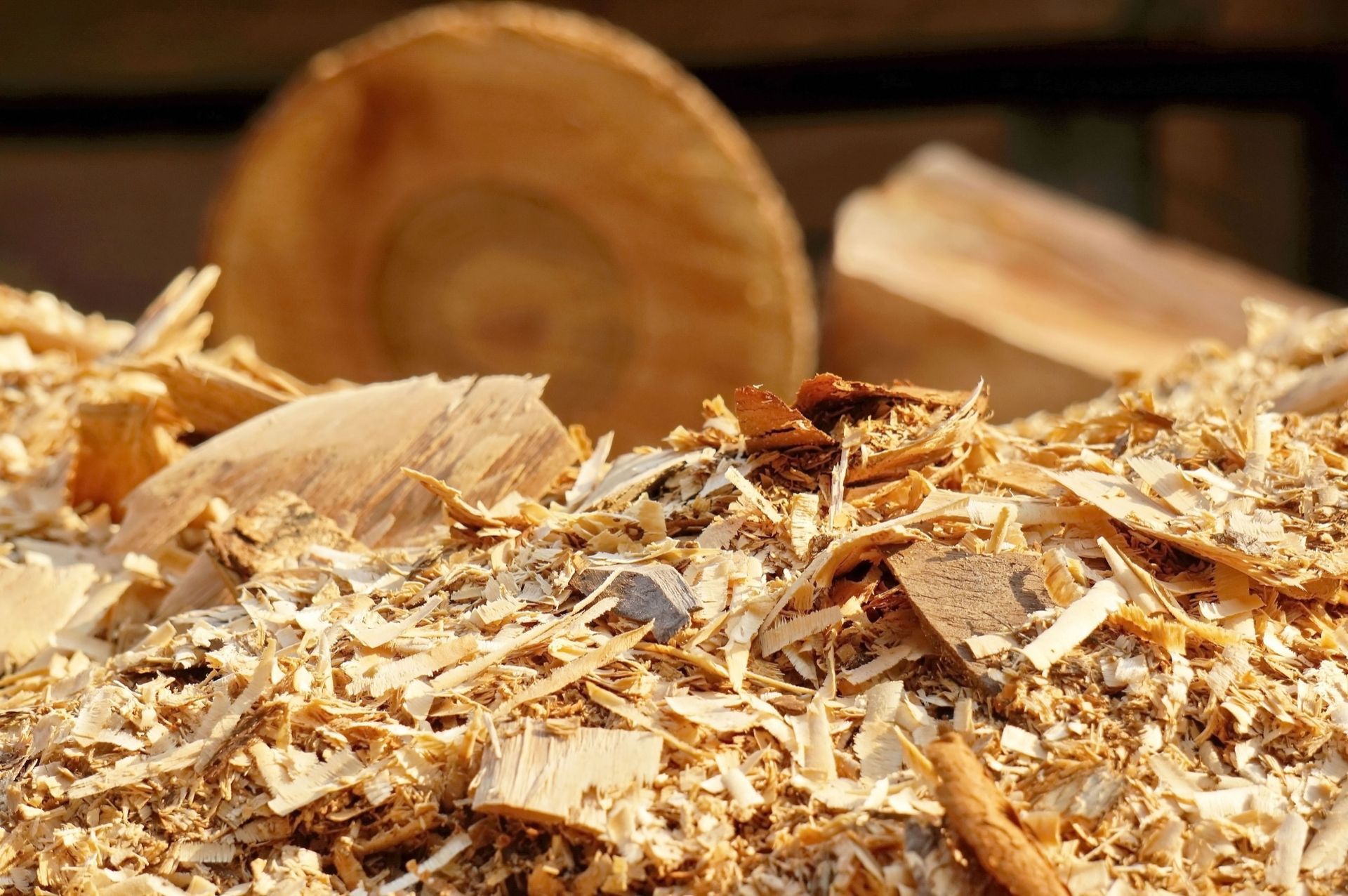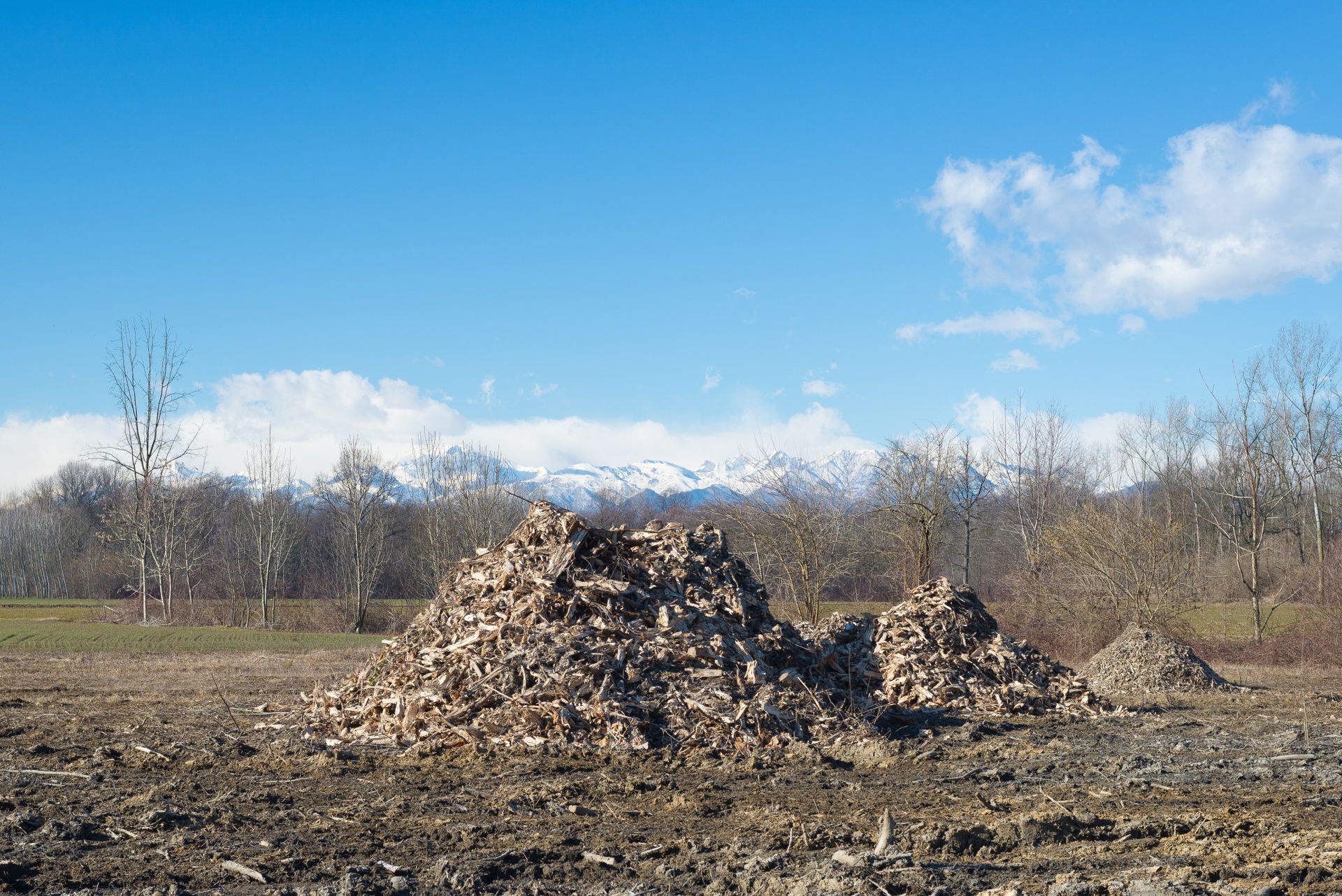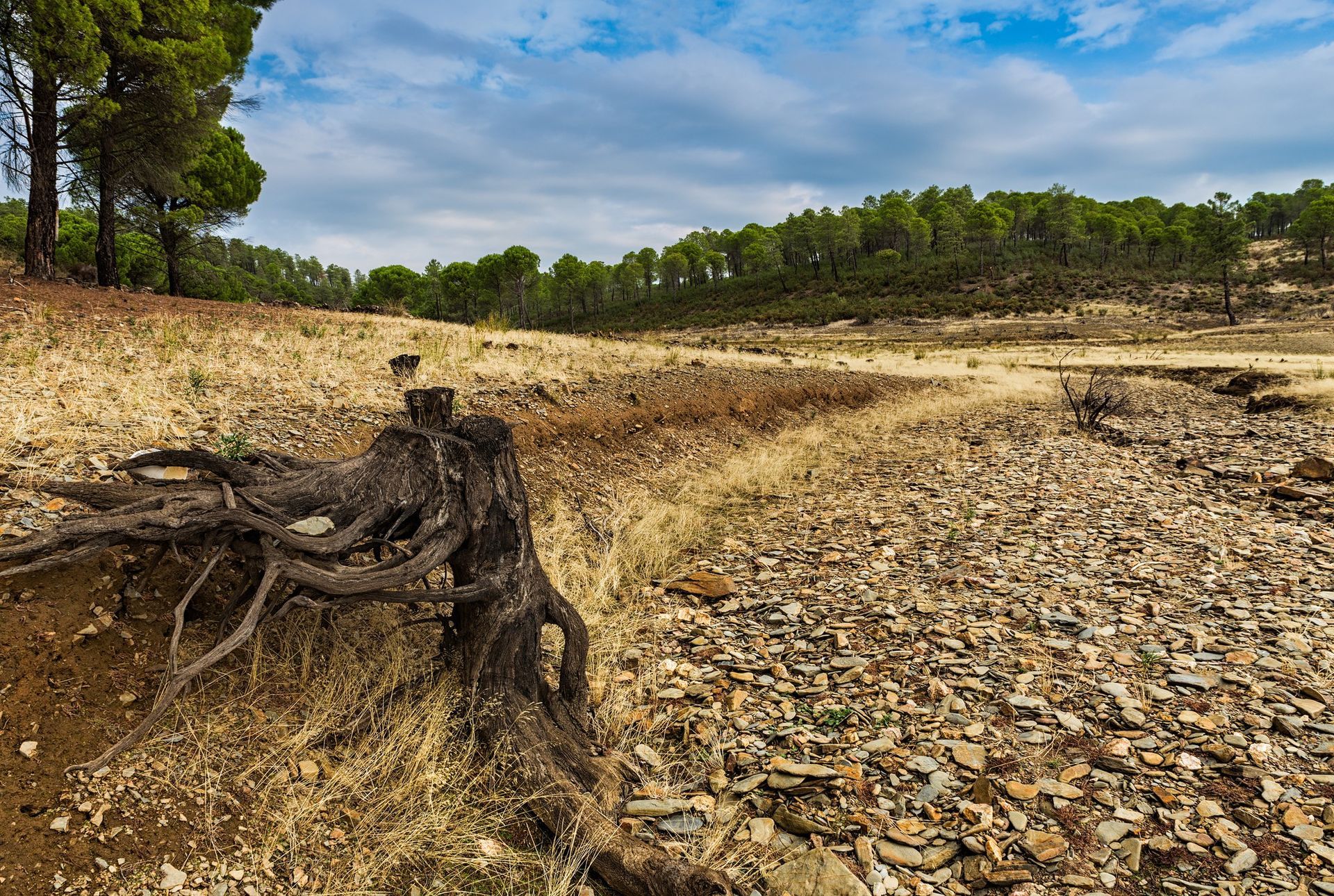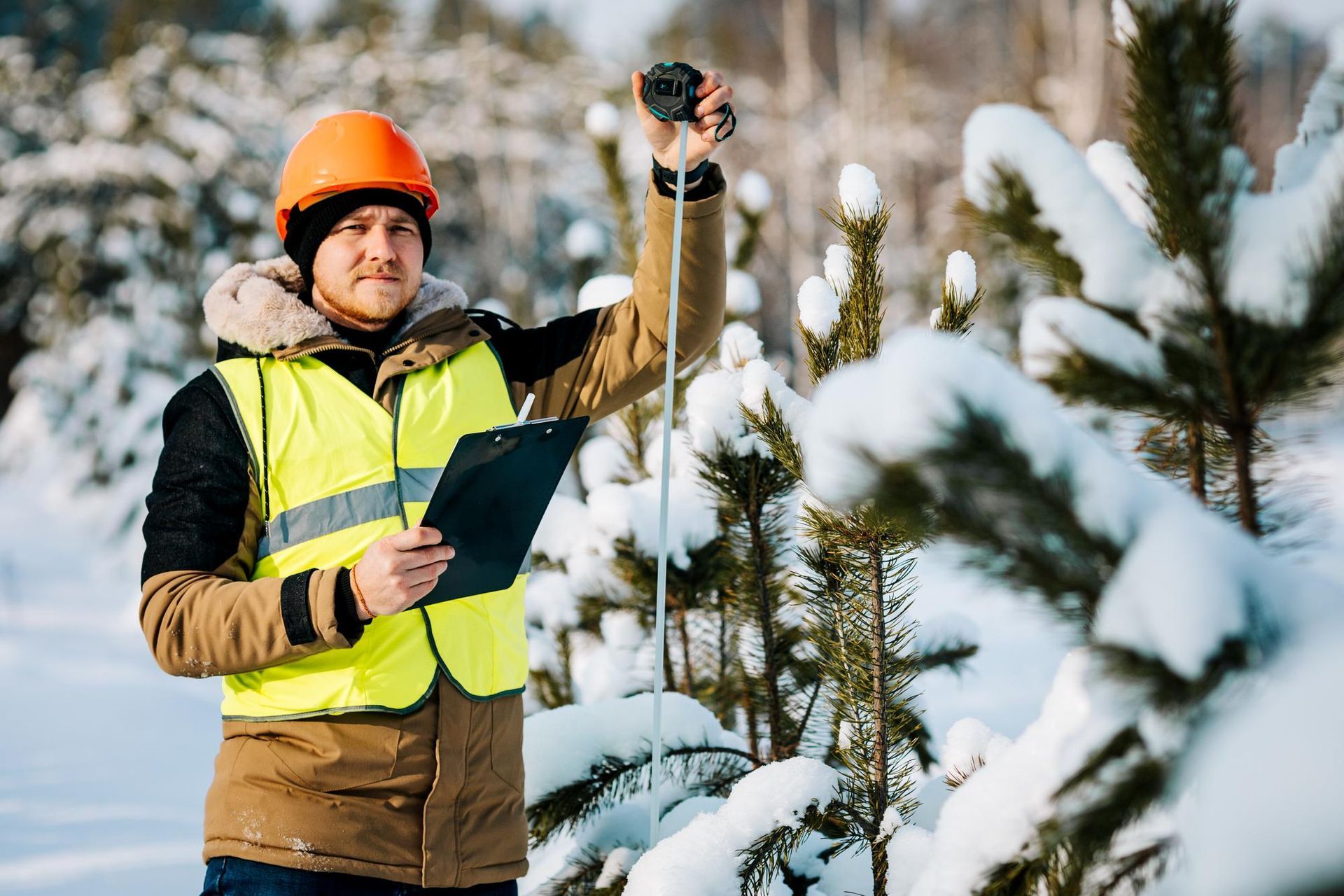When Disaster Strikes: The Importance of Emergency Tree Removal Services
When disaster strikes, Mother Nature can unleash her fury in the form of powerful storms, hurricanes, or unexpected accidents. Amidst these calamities, trees, once standing tall and majestic, can become dangerous hazards. Fallen or damaged trees pose significant risks to property, infrastructure, and most importantly, human lives. In such critical situations, emergency tree removal services play a pivotal role in swiftly addressing and mitigating potential dangers.
This blog delves into the paramount importance of emergency
tree removal services, shedding light on the reasons they are indispensable for protecting lives and property. From understanding the risks posed by storm-damaged trees to the significance of prompt action, let's explore how these services serve as a lifeline during challenging times.
1. Identifying the Dangers of Storm-Damaged Trees
When storms or hurricanes strike, they can leave behind a trail of destruction, often uprooting or damaging trees. These storm-damaged trees can pose immediate and long-term risks to the surrounding environment. Hanging branches, unstable trunks, or trees resting precariously on structures become ticking time bombs waiting to cause harm.
Emergency tree removal services play a crucial role in identifying and assessing the dangers posed by storm-damaged trees. Certified arborists and tree removal experts are trained to analyze trees, evaluating their structural integrity and determining if they present an imminent threat. Their expertise helps in prioritizing and addressing the most hazardous situations first, minimizing potential damage and ensuring public safety.
2. The Threat to Human Lives and Safety
In times of disaster, human lives hang in the balance. Fallen or damaged trees can block roads and pathways, trapping people or obstructing emergency services from reaching those in need. Furthermore, weakened trees can suddenly collapse, endangering anyone nearby.
Emergency tree removal services are equipped to handle urgent situations and work to quickly clear roads and properties of fallen trees. Their timely response can make a life-saving difference, allowing swift access for rescue teams and medical personnel to reach those who require assistance.
3. Safeguarding Property and Infrastructure
Apart from the threat to human lives, storm-damaged trees can wreak havoc on properties and infrastructure. Trees falling onto houses, buildings, power lines, or vehicles can cause extensive damage, leading to costly repairs and disruptions in daily life.
Emergency tree removal services not only remove fallen trees but also take proactive measures to prevent potential damage. By identifying weak or unstable trees before they become hazards, they help property owners make informed decisions regarding tree management. This proactive approach protects property, minimizing the extent of damage caused by disasters.
4. Preventing Further Environmental Damage
The impact of fallen or damaged trees extends beyond immediate safety concerns. In natural areas, these trees can obstruct waterways, causing flooding or altering the ecosystem. In urban environments, fallen trees can disrupt sewage systems and damage underground utilities.
Emergency tree removal services work diligently to clear such obstructions and prevent further environmental damage. By promptly removing fallen trees and branches, they restore the natural flow of water, reduce flood risks, and aid in the preservation of the local ecosystem.
5. Expertise and Equipment: A Winning Combination
One of the primary reasons emergency tree removal services are so effective is their combination of expertise and specialized equipment. Trained arborists and tree removal professionals possess the knowledge and skills to tackle hazardous situations safely and efficiently.
Moreover, these services are equipped with state-of-the-art tools and machinery designed for
tree removal tasks. From cranes to powerful chainsaws, their equipment enables them to handle even the most challenging tree removal projects with precision and speed.
6. Maintaining Community Resilience
Disasters can severely impact communities, leaving residents grappling with loss and uncertainty. The swift response of emergency tree removal services plays a crucial role in restoring a sense of normalcy and rebuilding community resilience.
By promptly addressing tree-related hazards, these services aid in clearing debris and restoring safe living conditions. This, in turn, fosters a sense of security and comfort among community members, helping them come together during challenging times.
7. Training and Safety Protocols: Minimizing Risks for Workers and the Public
In the pursuit of providing emergency tree removal services, safety takes center stage. These specialized teams undergo rigorous training to handle hazardous situations effectively. They are well-versed in industry best practices and safety protocols to ensure the protection of both their workers and the public.
When dealing with fallen or damaged trees, there are inherent risks involved, such as unstable branches, tangled power lines, or compromised structures. Emergency tree removal experts are adept at assessing these risks and employing the necessary safety measures to mitigate potential dangers. Their commitment to safety not only safeguards their personnel but also gives peace of mind to residents and onlookers during times of distress.
8. Collaborating with Emergency Response Teams
Emergency tree removal services do not work in isolation. They form a crucial part of a larger network of emergency response teams that come together during disasters. Collaboration with local authorities, firefighters, and other rescue services is essential to ensure seamless coordination in clearing roads, rescuing trapped individuals, and restoring order.
These services often have established relationships with emergency responders, which facilitates quick communication and efficient action. Working hand in hand, they strive to minimize the impact of disasters and restore normalcy as soon as possible.
9. Preparedness: Planning for the Unexpected
While disasters are inherently unpredictable, communities can enhance their preparedness by having an emergency plan in place. Including provisions for tree-related hazards in these plans is crucial, as it addresses a common yet often overlooked aspect of disaster management.
Emergency tree removal services play a key role in advising and assisting communities with their preparedness plans. By conducting tree risk assessments in advance and identifying potential problem areas, they enable communities to take preemptive measures to minimize the impact of future disasters.
10. Environmental Stewardship: Striking a Balance
While emergency tree removal services are focused on public safety and property protection, they also prioritize environmental stewardship. Trees are vital components of our ecosystems, providing habitat for wildlife, oxygen production, and climate regulation.
Responsible emergency tree removal services seek to strike a balance between the need for prompt action and the preservation of valuable trees. They adhere to guidelines and regulations that govern tree removal and, whenever possible, recommend alternatives such as tree pruning or cabling to
save trees with potential for recovery.
Conclusion
As the echoes of disasters fade and communities rebuild, the significance of emergency tree removal services remains etched in our minds. Their commitment to preserving human lives, safeguarding property, and restoring normalcy is commendable.
One such exemplary service provider in Columbia Falls, MT, that stands out for its dedication and expertise is Big Mountain Tree Service. With a proven track record of swift action and impeccable service, they have become the go-to choice for emergency tree removal in the region. Their team of trained arborists and
professionals understands the unique challenges posed by storm-damaged trees and works diligently to address them promptly.
In the face of an ever-changing climate and increased natural disasters, we must continue to recognize the importance of these services. Supporting local emergency tree removal businesses like Big Mountain Tree Service not only bolsters the local economy but also ensures that the community has access to reliable and timely assistance during times of crisis.
Advocating for community preparedness is equally crucial, and Big Mountain Tree Service plays an active role in this aspect as well. By collaborating with local authorities and emergency response teams, they contribute to a well-coordinated disaster response plan that includes tree-related hazards. This proactive approach helps mitigate risks and minimize potential damage, making the community more resilient in the face of adversity.
Let us never underestimate the power of swift action and expertise in the face of adversity. When disaster strikes, Big Mountain Tree Service stands ready, armed with their knowledge and equipment, to protect lives, property, and the environment. Their commitment to safety, professionalism, and environmental stewardship exemplifies the best in emergency tree removal services.
If you ever find yourself in need of emergency tree removal in Columbia Falls, MT, do not hesitate to contact Big Mountain Tree Service at
406-261-2042. Their team of experts will be there to assist you in any tree-related crisis, ensuring that you and your community can face any storm and emerge stronger on the other side. Together, with their dedicated efforts and our unwavering support, we can build a safer and more resilient neighborhood, fortified against the unpredictable forces of nature.
